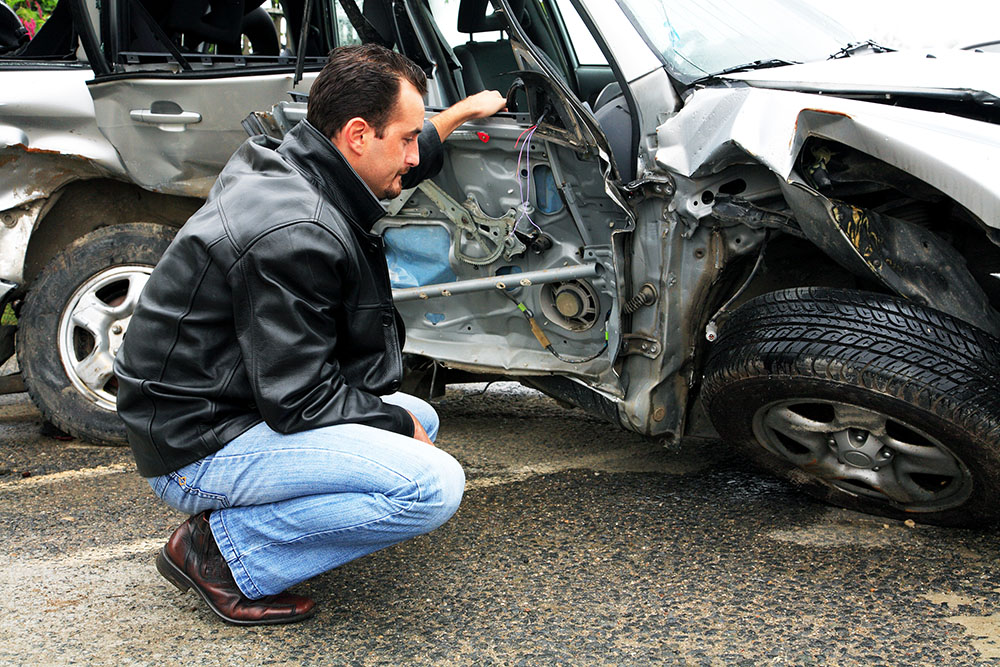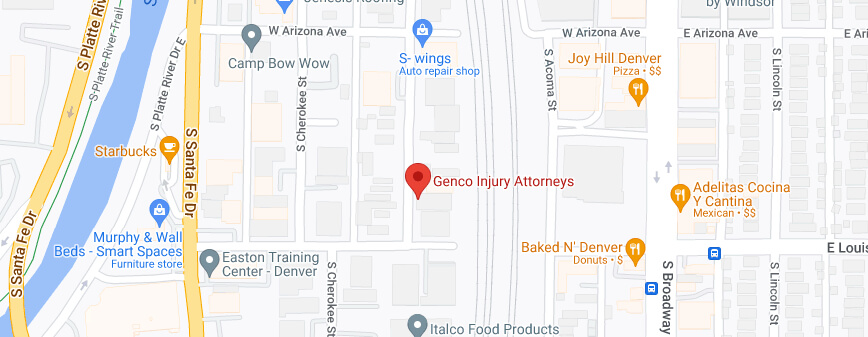Driving in inclement weather can be very stressful and, at times, dangerous. One common hazard of driving in wet, snowy, or icy conditions is skidding. Skids can also happen due to excessive speed, acceleration, oversteering, or braking too hard. A skid occurs when your tires lose traction on the road, causing a loss of steering. Knowing what to do and, most importantly, what NOT to do when your car begins to skid is key to managing the situation.
What Are the Most Important Things to Remember When Your Car is Skidding?
Skidding often takes you by surprise, and if you don’t keep your wits about you, you may make a bad situation even worse. But if you know what to do, you can often regain control of your vehicle and avoid severe damage. There are two basic keys to keep in mind during any kind of skid:
- Stay calm: Resist the urge to make drastic corrective moves such as jerking the steering wheel or slamming on the brakes. These will likely increase the skid.
- Focus on a target ahead of you in the direction you want to go: Having a mark in the distance to aim at while trying to regain control will help you get your car going in the right direction again.
What is the Difference Between Handling a Front-Wheel Skid vs. a Rear-Wheel Skid?
There are two different ways your vehicle can skid, and understanding which one is happening will help you decide what action you need to take. Here are some pointers:
- Front-wheel skid: Also known as a four-wheel skid, this occurs when your entire vehicle goes in a different direction than you had been steering. For example, this can happen if you enter a curve too fast. The first step to managing a front wheel skid is gently releasing the accelerator (or depressing the clutch in a manual transmission vehicle). Focus on your target and try to steer the car back in that direction. If you cannot regain control within a few seconds, then lightly use the brakes. If you do not have anti-lock brakes (ABS), pump the brake pedal to avoid locking up the tires. Hitting the brakes too early or too hard can make the skid worse.
- Rear-wheel skid: This is when you feel the back end of your vehicle “fishtail” or slide out to one side. As you were learning to drive, you likely heard the advice “turn into the skid.” You should use that advice here, but be careful not to oversteer. If the rear end of your car is sliding to the left, you should gently turn your steering wheel to the left to compensate. Only turn the wheel just far enough to straighten out the skid while releasing the accelerator. Do not hit the brakes suddenly, or you are liable to spin out.
How Can You Avoid Skids?
The best advice for handling a skid is to try to prevent it from happening in the first place. You can reduce your chances of skidding by doing these things:
- Drive at a safe speed and slow down before entering sharp curves.
- Be aware of the weather conditions and drive appropriately if there is ice, snow, or heavy rain.
- Don’t tailgate. Having to hit your brakes hard can cause a skid.
- Stay aware of the state of your tire tread and replace worn tires.
Ultimately, knowing how to steer out of a skid is difficult unless you’ve had a chance to try it. If there are driving courses nearby that allow you to practice hands-on driving techniques, definitely take advantage of the experience.









